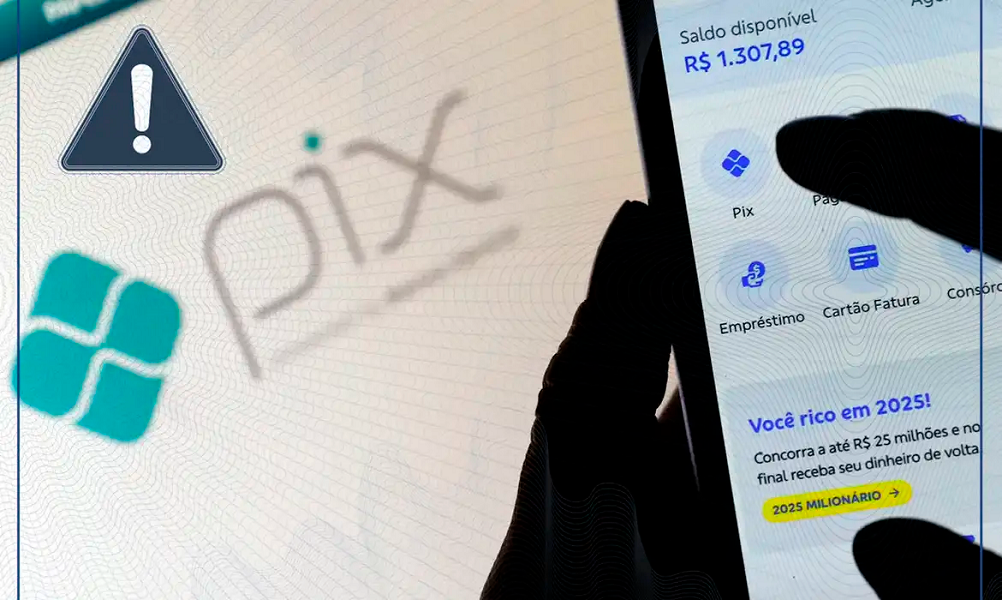Starting on Wednesday (01/10), financial institutions began offering a new feature — the “dispute button” — within their Pix apps, allowing users to contest transactions more easily and automatically, without the need for human interaction. According to the Central Bank of Brazil (BC), this new tool aims to simplify the process of reporting fraud, scams, or unauthorized charges. By enabling users to open a dispute directly in the app, without contacting the bank’s customer service, the BC expects the procedure to become faster, more efficient, and more accessible to the general public.
This Content Is Only For Subscribers
To unlock this content, subscribe to INTERLIRA Reports.
Facilitating Disputes
The Central Bank emphasized that the main goal of the dispute button is to make the system more user-friendly and to ensure a quicker response to fraudulent activities. All steps of the process will be carried out digitally, reducing bureaucracy and eliminating the need to wait for manual customer support. According to the BC, this increased automation will also speed up the blocking of funds in accounts identified as belonging to criminals. As a result, victims of improper or fraudulent transactions are expected to recover their funds in less time, improving public trust in the Pix payment system.
Deadlines
Once a dispute is filed, the transaction must be reviewed within seven days, with the refund being completed within 11 days if the claim is validated. As soon as the user initiates the dispute, the information is automatically forwarded to the financial institution of the alleged scammer, which must promptly block the corresponding amount in their account, if available. Even partial sums can be frozen. After the block, both institutions — the victim’s and the recipient’s — have up to seven days to analyze the case. If they agree that the transaction resulted from fraud, the blocked amount will be refunded directly to the victim’s account.
Remorse
The Central Bank clarified that the dispute button does not apply to cases of commercial disputes, buyer’s remorse, input errors (such as entering the wrong Pix key), or transfers made to good-faith third parties. Its purpose is strictly limited to situations involving fraud, scams, or coercion, ensuring that the mechanism focuses on genuine security threats rather than transactional misunderstandings.
Analysis:
The introduction of the self-service dispute mechanism marks a significant step toward improving user autonomy and efficiency in the Brazilian pix payment system. While it does not directly enhance fraud prevention, the tool streamlines the response process once a scam has been identified. By allowing users to dispute fraudulent transactions through digital channels, it facilitates faster communication between banks, faster fund blocking, and improved monitoring of fraud cases. This agility can make a substantial difference in preventing the permanent loss of stolen funds and in strengthening institutional cooperation across the financial sector.
However, this mechanism does not replace personal responsibility in preventing fraud. Users must continue to adopt safe online practices, such as verifying recipient information, avoiding suspicious links, and not sharing sensitive data.




